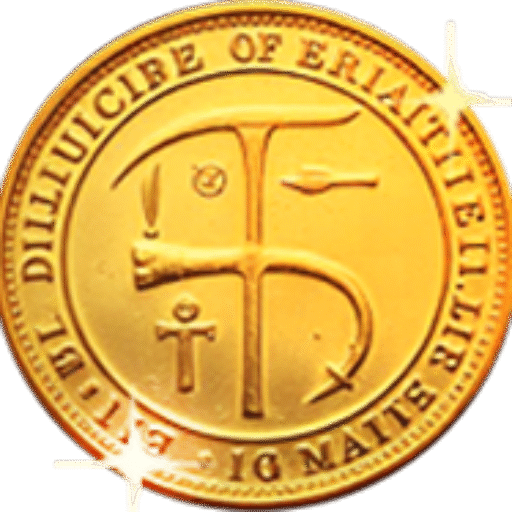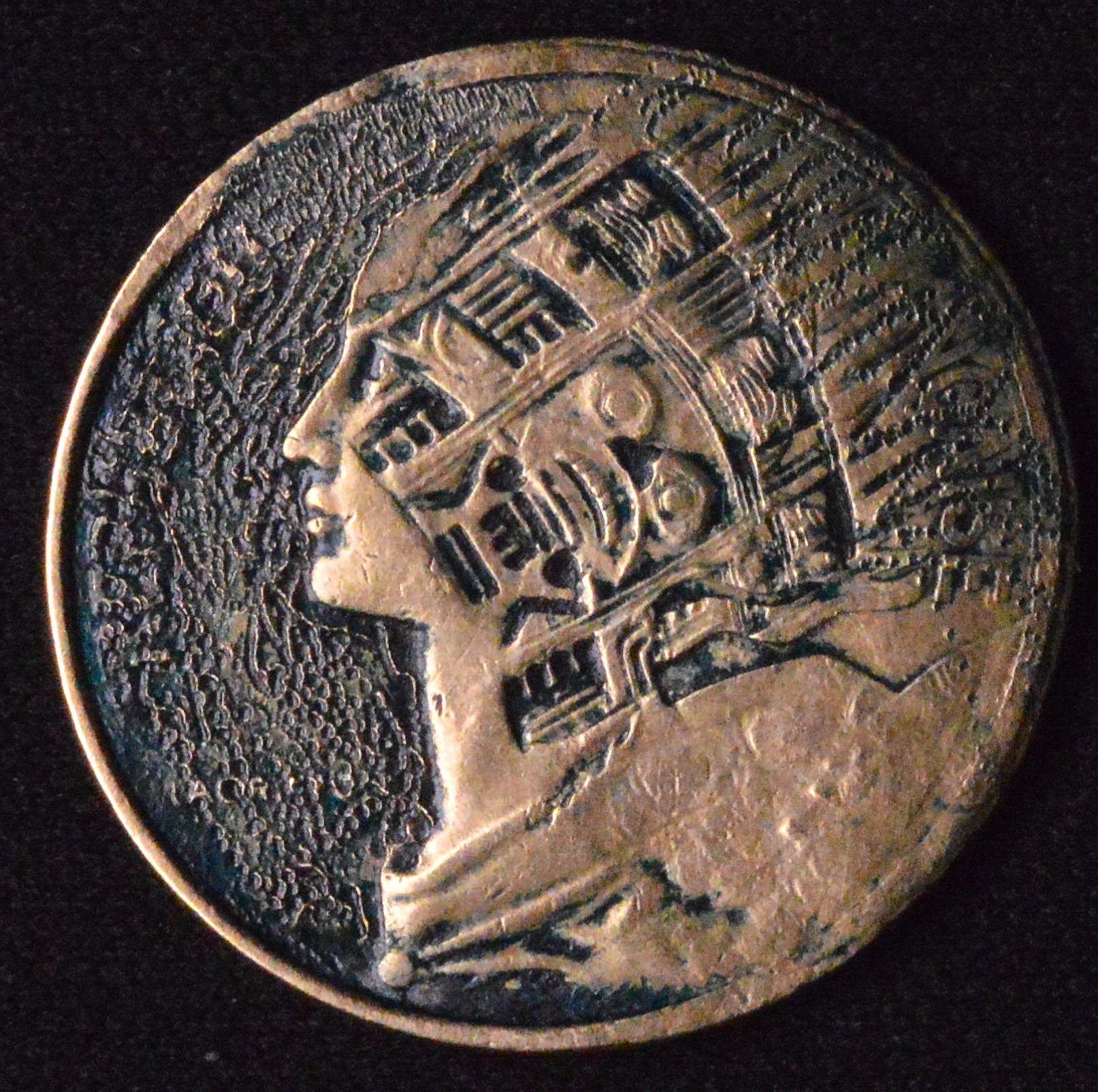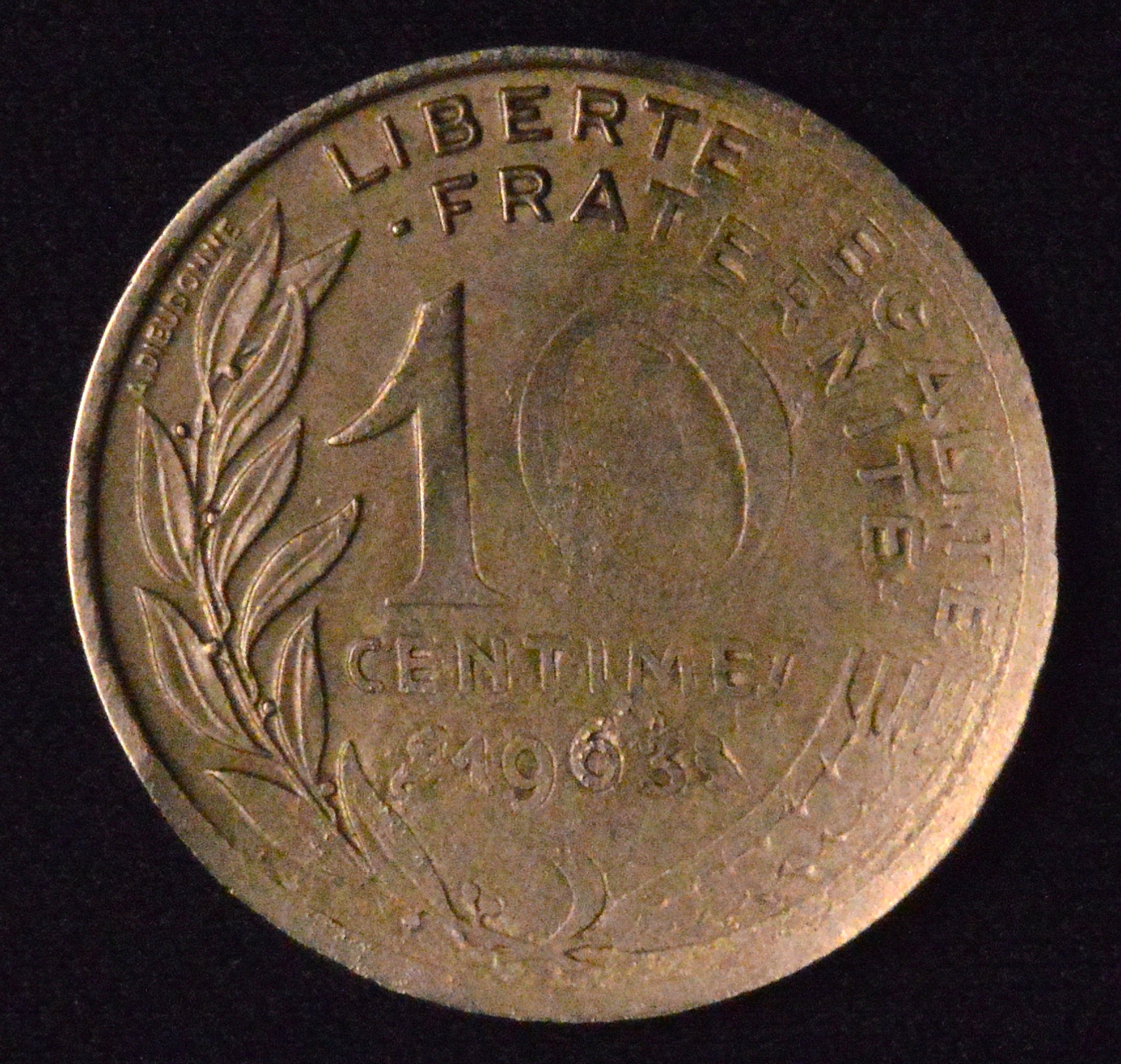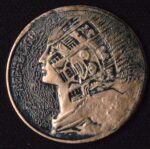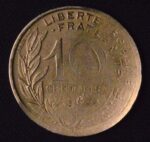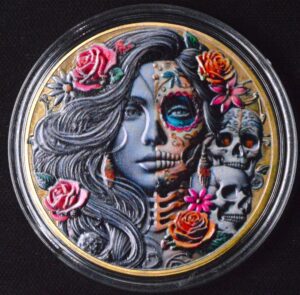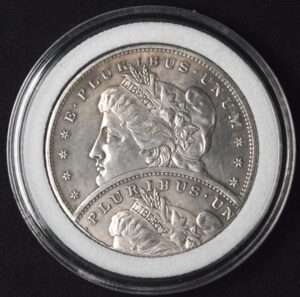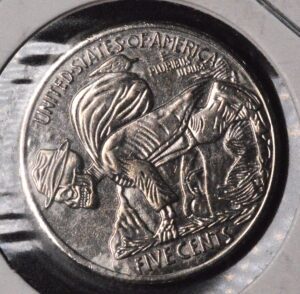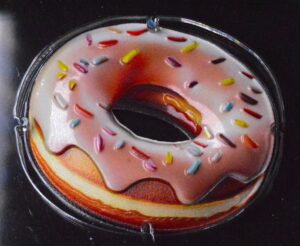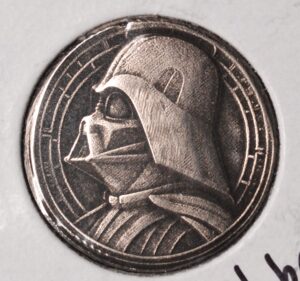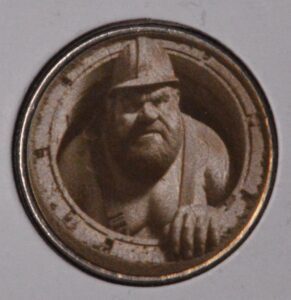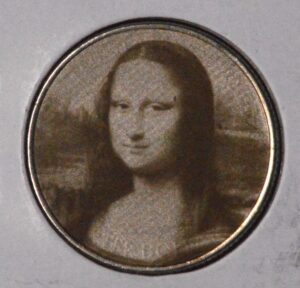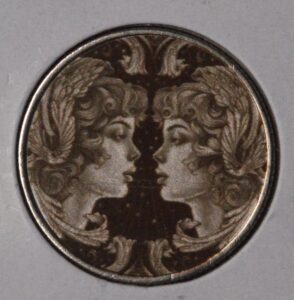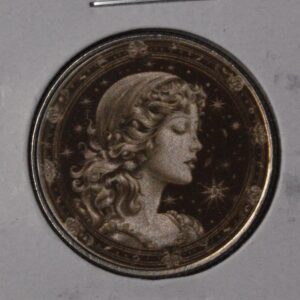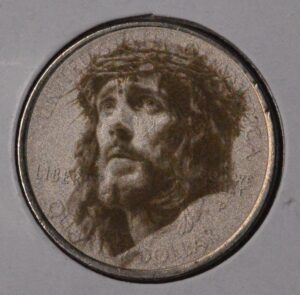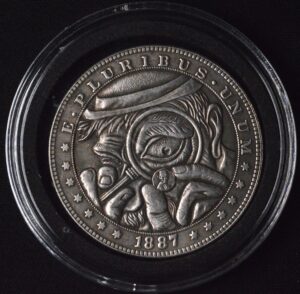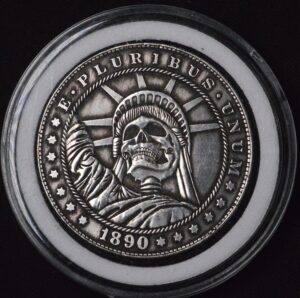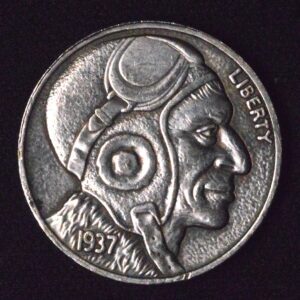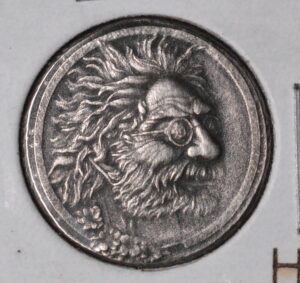Description
A “Futurista Hobo Carving” refers to a contemporary reinterpretation of the classic hobo nickel tradition—modern engravers reimagining the original Depression-era artform through futuristic, surreal, or sci-fi themed designs. Traditional hobo nickels were hand-carved Buffalo nickels (1913–1938) altered by itinerant workers into miniature portraits, often depicting hobos, skulls, or whimsical characters. Modern carvers, sometimes called “neo-hobo artists,” use rotary tools, gravers, and even micro-machining techniques to develop detailed, imaginative compositions.
The “Futurista” style incorporates experimental forms and subjects, merging classic engraving precision with avant-garde aesthetics—robotic profiles, biomechanical motifs, cybernetic human figures, or abstract art-deco geometry. Artists such as Shaun Hughes, Roman Booteen, and others have pushed the limits of traditional hand engraving with complex relief carving, added inlays, and moving mechanical elements. These techniques often transform simple coin canvases into sculptural, kinetic artworks.
While early hobo nickels relied on improvised gravers or files, current futurist interpretations feature highly refined instruments—gravers made from tool steel, microscope-guided carving, and precision texturing with burrs. The result is a unique fusion of vintage numismatic folk art and contemporary sculpture that celebrates both craftsmanship and innovation. Collectors and engravers regard these “Futurista” themed hobo carvings as among the most creative evolutions in modern coin artistry, preserving the original spirit of individuality and storytelling through modern design sensibilities.
A “Futurista Hobo Carving” refers to a contemporary reinterpretation of the classic hobo nickel tradition—modern engravers reimagining the original Depression-era artform through futuristic, surreal, or sci-fi themed designs. Traditional hobo nickels were hand-carved Buffalo nickels (1913–1938) altered by itinerant workers into miniature portraits, often depicting hobos, skulls, or whimsical characters. Modern carvers, sometimes called “neo-hobo artists,” use rotary tools, gravers, and even micro-machining techniques to develop detailed, imaginative compositions.
The “Futurista” style incorporates experimental forms and subjects, merging classic engraving precision with avant-garde aesthetics—robotic profiles, biomechanical motifs, cybernetic human figures, or abstract art-deco geometry. Artists such as Shaun Hughes, Roman Booteen, and others have pushed the limits of traditional hand engraving with complex relief carving, added inlays, and moving mechanical elements. These techniques often transform simple coin canvases into sculptural, kinetic artworks.
While early hobo nickels relied on improvised gravers or files, current futurist interpretations feature highly refined instruments—gravers made from tool steel, microscope-guided carving, and precision texturing with burrs. The result is a unique fusion of vintage numismatic folk art and contemporary sculpture that celebrates both craftsmanship and innovation. Collectors and engravers regard these “Futurista” themed hobo carvings as among the most creative evolutions in modern coin artistry, preserving the original spirit of individuality and storytelling through modern design sensibilities.
A “Futurista Hobo Carving” refers to a contemporary reinterpretation of the classic hobo nickel tradition—modern engravers reimagining the original Depression-era artform through futuristic, surreal, or sci-fi themed designs. Traditional hobo nickels were hand-carved Buffalo nickels (1913–1938) altered by itinerant workers into miniature portraits, often depicting hobos, skulls, or whimsical characters. Modern carvers, sometimes called “neo-hobo artists,” use rotary tools, gravers, and even micro-machining techniques to develop detailed, imaginative compositions.
The “Futurista” style incorporates experimental forms and subjects, merging classic engraving precision with avant-garde aesthetics—robotic profiles, biomechanical motifs, cybernetic human figures, or abstract art-deco geometry. Artists such as Shaun Hughes, Roman Booteen, and others have pushed the limits of traditional hand engraving with complex relief carving, added inlays, and moving mechanical elements. These techniques often transform simple coin canvases into sculptural, kinetic artworks.
While early hobo nickels relied on improvised gravers or files, current futurist interpretations feature highly refined instruments—gravers made from tool steel, microscope-guided carving, and precision texturing with burrs. The result is a unique fusion of vintage numismatic folk art and contemporary sculpture that celebrates both craftsmanship and innovation. Collectors and engravers regard these “Futurista” themed hobo carvings as among the most creative evolutions in modern coin artistry, preserving the original spirit of individuality and storytelling through modern design sensibilities.
CUSTOMER FEEDBACK




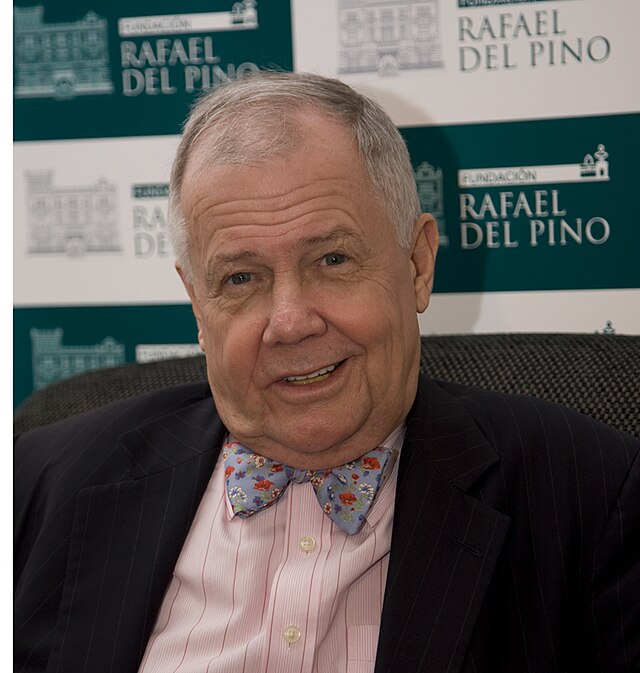



Related Products & Newly Released!




SHIPPING POLICY
Your order is shipped from the United States with USPS tracking within one business day.
14 Day Return Policy
You can return your item back within
14 days of the purchase

Secure payments
Your payments are 100% secure and are processed through Square or PayPal on a protected security network.
SHIPPING POLICY
FREE International and Domestic (United States) shipping. Your order is shipped with USPS tracking 24 hours after you order.
14 Day Return Policy
You can return your item back within
14 days of the purchase

Secure payments
Your payments are 100% secure and are processed through Square or PayPal on a protected security network.
RESOURCES
support
Get Fresh Articles!
Sign up now to receive our articles for the latest insights and promotions!
RESOURCES
support
Get Fresh Articles!
Signup our newsletter to get update insight or promotions.

